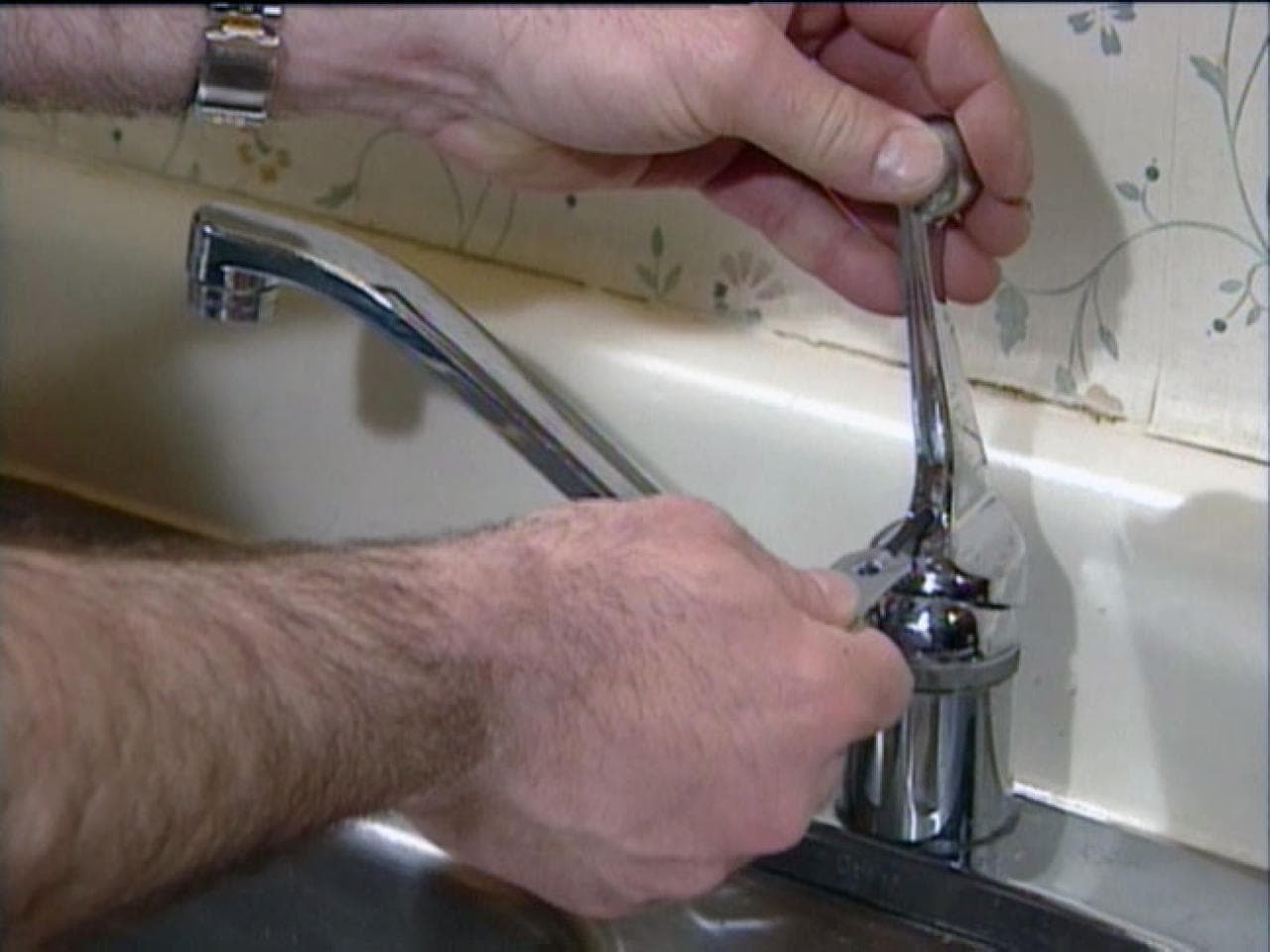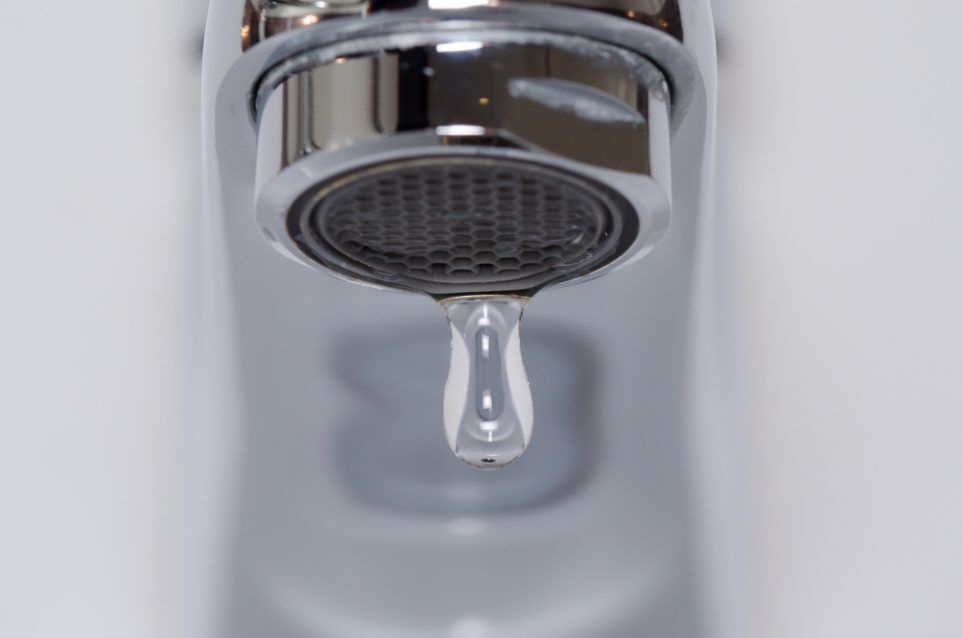What It's Crucial to Resolve a Broken Faucet
What It's Crucial to Resolve a Broken Faucet
Blog Article
What're your thoughts and feelings on Should I Repair or Replace a Leaky Faucet??

Leaking faucets could appear like a minor inconvenience, but their influence exceeds just the aggravation of the audio. From wasting water to incurring unnecessary economic prices and wellness dangers, disregarding a dripping tap can cause different repercussions. In this article, we'll look into why it's important to address this usual home concern quickly and effectively.
Waste of Water
Environmental Effect
Leaking faucets contribute significantly to water waste. According to the Epa (EPA), a single faucet leaking at one drip per secondly can waste more than 3,000 gallons of water each year. This not just strains water sources yet also affects environments and wild animals depending on them.
Financial Prices
Increased Water Bills
Beyond the environmental impact, leaking faucets can pump up water expenses significantly. The built up waste gradually translates into higher utility expenses, which could have been avoided with prompt repair services.
Possible Property Damages
In addition, long term trickling can cause damage to fixtures and surface areas bordering the faucet. Water accumulation can create staining, deterioration, and also structural concerns if left ignored, leading to additional repair service expenses.
Health Worries
Mold and Mold Growth
The continuous existence of wetness from a leaking tap develops a suitable atmosphere for mold and mildew and mildew growth. These fungis not only endanger indoor air quality however likewise position health threats, particularly for individuals with respiratory system problems or allergic reactions.
Waterborne Diseases
Stagnant water in dripping faucets can become a breeding ground for germs and other microorganisms, enhancing the risk of waterborne conditions. Impurities such as Legionella germs prosper in stagnant water, possibly bring about significant health problems when ingested or breathed in.
Do it yourself vs. Professional Repair work
Advantages and disadvantages of DIY Repair Service
While some may try to repair a trickling faucet themselves, do it yourself repair work feature their own set of difficulties. Without correct understanding and devices, do it yourself attempts can aggravate the issue or cause insufficient repairs, extending the trouble.
Benefits of Hiring an Expert Plumber
Employing a specialist plumber ensures that the underlying reason for the leaking faucet is attended to properly. Plumbers possess the know-how and tools to detect and fix faucet issues efficiently, saving time and lessening the threat of more damages.
Step-by-Step Guide to Taking Care Of a Dripping Tap
Devices Needed
Before trying to deal with a dripping tap, collect the necessary devices, consisting of a flexible wrench, screwdrivers, substitute parts (such as washers or cartridges), and plumber's tape.
Usual Faucet Issues and Their Solutions
Recognize the kind of tap and the certain issue triggering the drip. Typical problems include damaged washers, rusty shutoff seats, or defective O-rings. Describe producer guidelines or online tutorials for step-by-step support on repairs.
Safety nets
Regular Maintenance Tips
To avoid trickling taps, perform routine maintenance such as cleaning up aerators, checking for leakages, and changing damaged components immediately. Additionally, consider installing water-saving devices or upgrading to more reliable components.
Relevance of Prompt Fixes
Resolving leaking faucets as soon as they're discovered prevents more water wastefulness and prospective damage, inevitably conserving both water and money in the future.
Effect On Building Value
Assumption of Well-Maintained Home
Preserving a building in good condition, consisting of attending to maintenance issues like trickling taps, enhances its perceived worth and value among possible purchasers or tenants.
Impact on Resale Worth
Qualities with well-kept plumbing components, including taps, command higher resale worths in the realty market. Resolving leaking taps can contribute to a favorable impression during home inspections and settlements.
Ecological Responsibility
Private Payment to Preservation
Taking obligation for repairing leaking faucets straightens with more comprehensive initiatives towards water conservation and ecological sustainability. Every individual's activities jointly make a significant effect on protecting priceless sources.
Lasting Living Practices
By focusing on punctual fixings and taking on water-saving habits, people add to lasting living methods that benefit both present and future generations.
Conclusion
Dealing with a leaking faucet goes beyond plain ease; it's an essential action toward conserving water, reducing economic expenses, and safeguarding wellness and property. Whether via DIY repair services or professional aid, acting to deal with leaking taps is a small yet impactful means to promote accountable stewardship of sources and contribute to a much healthier, more sustainable future.
How to Fix a Leaky Faucet: Step-by-Step Repair Guide
A leaky faucet may seem like a simple annoyance, but if it's not fixed promptly, that leak could cost hundreds to potentially thousands. From water damage to mold, mildew, and high water bills, even a tiny leak can be catastrophic if left unattended. Damage like this can even affect the overall value of your home, so it's important to take the right approach for leaky faucet repair. You may need the help of a plumber in some cases, but we've got a few tips you can try on how to fix a leaky faucet before calling the pros.
Four Faucet Types
When you're learning how to fix a leaky faucet, the first step is knowing what kind of faucet you're working with! There are four common types.
Cartridge Faucets
Cartridge faucets come in one- or two-handled varieties. In one-handled cartridge faucets, hot and cold water combines in a single cartridge. In the two-handled versions, hot and cold water are controlled separately and mixed in the faucet.
Ball Faucets
Ball faucets have a single lever you push up and down to adjust the pressure and rotate to change the temperature. A slotted metal ball controls the amount of water allowed into the spout.
Compression Washer Faucets
They're the oldest type of faucet, but they're still used in many homes — especially older ones. Compression faucets have two separate handles that, when turned, raise or lower the washer that seals a water valve. This valve stops water from flowing through the faucet when it is turned off.
Disc Faucets
Disc faucets rarely need to be repaired due to their maintenance-free design. The water flow is controlled by two discs — the upper one raises and lowers against a fixed lower disc, creating a watertight seal. If your disc faucet starts leaking, you may need to replace the seals or clean residue buildup from the inlets.
Fixing a Leaky Faucet
Step 1: Turn Off the Water
Whether you're learning how to fix a leaky bathtub faucet or how to fix a leaky kitchen faucet, always turn off the water supply to your working area when you're fixing a leak. The last thing you want is a flood added to your list of things to fix.
Look for the shutoff valves below your sink or around the tub and turn them clockwise to stop the water flow. If your faucet doesn't have shutoff valves, you may need to turn off the water for the whole house. Check to make sure it's off by turning the faucet on. If nothing comes out, you're ready to start the repair.
Step 2: Take Apart the Faucet
How you disassemble your faucet depends on the type of fixture you have. You can use a flathead screwdriver to remove the caps on top of the handle or handles for cartridge and compression faucets. Inside, you should see handle screws. Unscrew these with a screwdriver to remove the handle.
Disc- and ball-style faucets will typically have an inlet screw near the handle, and removing that will reveal the interior of the faucet.
Detach the Valve Stem
For cartridge- and compression-style faucets, you'll see the inner valve stem or cartridge once you remove the faucet handles. If you have a compression faucet, unscrew the brass valve stem. If you have a cartridge faucet, pull out the cartridge. If your cartridge has been in place for a while, it may require some tools or extra force to remove it due to mineral deposits.
Examine and Replace Parts
Once you've removed the parts, check them out to confirm what needs to be replaced. You may see corroded rubber washers, O-rings, stems, or cartridges. On a ball-style faucet, check the seats and springs for damage.
If you need to repair a leaky disc faucet, check the inlet and seals on the lower disc.
Once you determine what parts must be replaced, visit your local hardware store. Bring the damaged parts with you to ensure you can purchase the correct components to replace them.
Clean Valves and Faucet Cavity
If you've removed a stem or cartridge, you may notice mineral buildup in the faucet's threads. Use white vinegar to clean the valve seat by soaking it for a few minutes, then scrub it away with a soft toothbrush and rinse with warm water. You can also clean the interior of the faucet in the same way.
Reassemble the Faucet
Once your faucet is cleaned and the required parts have been replaced, it's time to reassemble it. Put the pieces back together and slowly turn the water supply back on. Doing this slowly is crucial because too much initial water pressure can damage the new hardware you've just installed.
https://homewarranty.firstam.com/blog/how-to-fix-leaky-faucet

As a person who reads about Should I Repair or Replace a Leaky Faucet?, I was thinking sharing that article post was beneficial. In case you enjoyed reading our blog entry plz make sure you remember to pass it around. We take joy in your readership.
Report this page